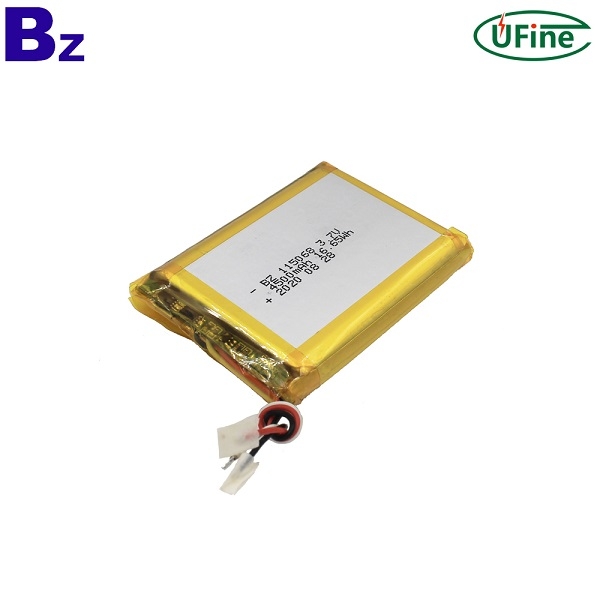As mobile phones, digital products, notebook computers, drones, model aircraft, power tools, new energy vehicles, portable energy storage, medical equipment and other fields use lithium-ion batteries as power sources, the lithium-ion battery industry has achieved rapid development. As an important part of the production of lithium-ion batteries, the process of lamination and winding has attracted extensive attention from academia and business circles.
After the battery pole pieces are cut and dried, the next step is to make the battery. The production method of the battery can be divided into two kinds: lamination and winding. The laminated type is to cut the positive and negative sheets and separators into the specified size, and then stack the positive sheets, separators, and negative sheets into small cells, and then stack the small cells in parallel to form a large battery unit: winding The formula is to fix the split pole piece on the winding needle, and with the rotation of the needle, the positive electrode piece, the negative electrode piece and the diaphragm are rolled into the battery core.
Which one is better for winding or lamination of lithium-ion batteries?
The production of wound batteries is relatively simple, whether it is semi-automatic or fully automatic, it can be completed quickly. The laminating process is highly complex, manual operation is time-consuming and laborious, and automation is difficult to industrialize due to equipment problems. In addition, in terms of battery quality control, the winding type is easier to control, while the stacked type is more difficult to achieve good consistency due to cumbersome process steps.
Regarding consumer batteries, customers pay more attention to the improvement of efficiency than battery capacity and performance, so customers will have requirements for winding technology. But for power lithium-ion batteries, the lamination process can better take advantage of the advantages of large cells. It has advantages over winding in terms of safety, energy density, and process control. At the same time, the lamination process can better control the quality of the cells. The most important thing is the pursuit of high energy density, so the lamination process is the best choice in the future.
Both stackers and winding machines can prepare large-capacity square batteries. From the perspective of the vehicle development platform, the manufacturing of prismatic batteries in the future will match the vehicle chassis. If you look only at energy density and cruising range, large modules and large batteries are indeed the general trend, laminated sheets have more advantages than winding, but the essence of market competition is price. If the laminating equipment can greatly reduce costs and the profit is higher than winding, replacement may be just around the corner.
Advantages and disadvantages of lithium-ion battery stacking process
Advantages
1. High capacity density: The internal space of the lithium-ion battery is fully utilized, so compared with the winding process, the volume specific capacity is higher;
2. High energy density: The discharge platform and volume specific capacity are higher than the winding process lithium-ion battery, so the energy density is correspondingly higher;
3. Flexible size: The size of each pole piece can be designed according to the size of the lithium ion battery, so that the lithium ion battery can be made into any shape.
Disadvantages
1. It is not easy to weld: all pole pieces must be spot welded on one welding spot, which is difficult to operate
2. Equipment efficiency is slow: At present, the efficiency of domestic laminating machines is mostly 0.8s/sheet, while the efficiency gap of 0.17s/sheet for imported laminating machines is relatively large.
Advantages and disadvantages of lithium-ion battery winding process
Advantages
1. High internal resistance: In general, there is only one tab for the positive and negative poles;
2. Electric welding is easy: each lithium ion battery only needs to weld two places, which is easy to control;
3. The processing control is relatively simple: a lithium ion battery has two pole pieces, which is easy to control.
Disadvantages
1. Single shape: can only be used as a rectangular lithium-ion battery;
2. Poor heat dissipation effect: The thermal isolation between the cells is not easy to do, and it is easy to cause local overheating and cause out-of-control heat dissipation.
The above are the advantages and disadvantages of the lamination and winding process. The advantage of the wound lithium-ion battery is that it is easy to manufacture, and the advantage of the laminated battery is that the battery is of good quality in all aspects. When the laminated battery encounters so many troubles in actual processing, the final quality of the battery is difficult to guarantee. The users concerned certainly want to buy high-quality laminated batteries, but for manufacturers, the simple winding process is undoubtedly more attractive.




